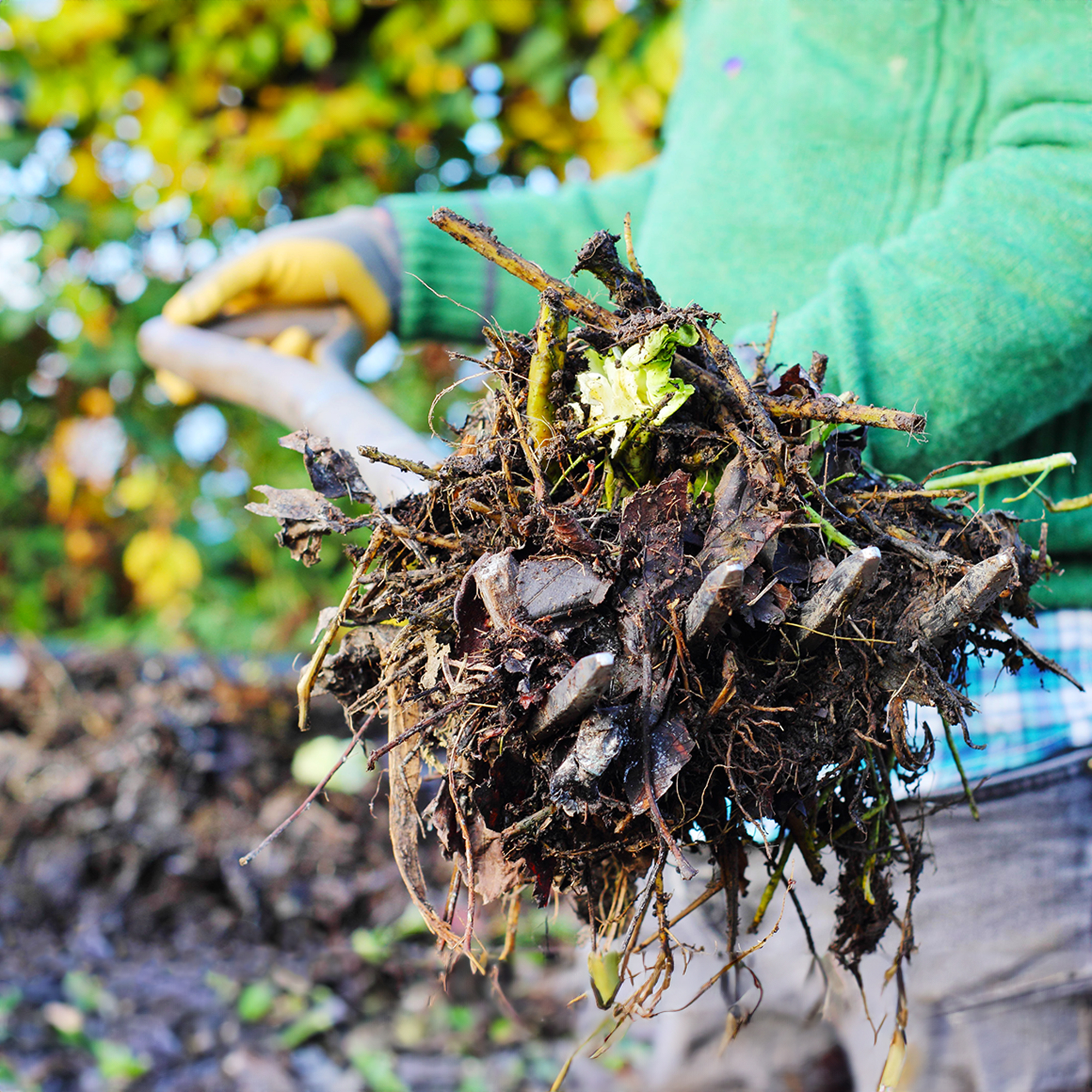Durian Tree Fruit Information


A durian tree (Durio zibethinus) is regal, majestic and prolific, earning it the nickname King of Fruits. But you may not be able to grow it in your garden. These fascinating trees, with their addictive and curious fruit, only grow where it is very, very hot and very, very humid. Read on to see if your region has what durian trees need.
Durian Fruit History
Native to the rainforests of Borneo and Sumatra, evergreen durian trees are popular fruit trees in Southeast Asia. It is from the fruit from which the tree got its name - durian is derived from the word for "duri" in Malay-Indonesian languages, which means spike or thorn.
During the 15th century, they were often confused with the similar looking thorny fruit known as the soursop (Annona muricata). But in the mid-1700s, German botanist, G.E. Rumphius, published a book containing several pages about durian fruit, putting an end to the confusion between the two. Rumphius also described how the local Ambon hunters used the strong odor and delicious taste of the durian to bait civet cats - and thus, the species name zibethinus was created from the Italian word zibetto, which means "civet cat."
With ramrod straight trunks, buttressed bases and oval canopies, mature trees bring a tropical air to your backyard. The simple, lance-shaped leaves add to the tree's allure. The upper surface is smooth and glossy green, while the lower surface is bronze and fuzzy. The color seems to change when stirred by the breeze.
In the wild, a durian tree can shoot up to 130 feet and may live to see its 200th birthday. However, cultivated specimens are usually grafted and seldom get even half that high. Blossoms on durian trees are as unique as they are beautiful. They appear in pendulous clusters of 20 to 30 flowers, hanging downward like bells with frilly stamens.
The flowers only grow on thick branches, those large enough to bear the heavy weight of mature durian tree fruit. The color of the flowers signals the likely color of the fruit to come. Yellow tinted flowers produce yellow-fleshed durian fruit. White or red flowers produce white or reddish fleshed fruit. These blooms take about a month to mature from buds. They are pollinated by bats, bees, birds and ants. The fruit can take as long as three months to develop after flower pollination.
Growing Durian Fruit Trees
If a hedgehog were a fruit instead of an animal, it might resemble a durian fruit. They are globes up to 12 inches in diameter covered by a spiny husk. One fruit can weigh up to 18 pounds. Only the inner carpels are edible, and an average fruit contains five of them. Yellow, green or some shade in between, durian fruit hang from the tree branches.
Gardening tips, videos, info and more delivered right to your inbox!
Sign up for the Gardening Know How newsletter today and receive a free copy of our e-book "How to Grow Delicious Tomatoes".
Durian fruit are known for their very strong odor and unusual taste. Some compare the smell to rotting onions, stinky cheese and/or turpentine. The taste is also remarkable. One American chemist described it like "a concoction of ice cream, onions, spices, and bananas, all mixed together." However odd this may sound, people tasting durian fruit also say that once you have started eating it, is becomes increasingly difficult to stop.
Now for the bad news. The durian tree grows in the wild in tropical rainforests. It needs heat and it needs humidity beyond what an average gardener might have in this country. At home in the equatorial tropics, durian trees like the 75-86 degree Fahrenheit (23-30 C.) temperatures and absolutely frost free regions. The trees will drop their leaves and die should the temperature drop below 45 degrees F. (7 C).
The trees also require abundant water. They thrive in areas with 63 to 157 inches of rain per year and 75 to 90% humidity. Very few places in the United States have the climate durian trees require to grow. If you think you do, by all means, plant this complex and intriguing tree.

Teo Spengler is a master gardener and a docent at the San Francisco Botanical Garden, where she hosts public tours. She has studied horticulture and written about nature, trees, plants, and gardening for more than two decades. Her extended family includes some 30 houseplants and hundreds of outdoor plants, including 250 trees, which are her main passion. Spengler currently splits her life between San Francisco and the French Basque Country, though she was raised in Alaska, giving her experience of gardening in a range of climates.
-
 Grow ‘Karl Rosenfield’ Peony Plants For The Ultimate Frilly Border Beauties And Cut Flowers
Grow ‘Karl Rosenfield’ Peony Plants For The Ultimate Frilly Border Beauties And Cut FlowersFor frilly double magenta peony petals infused with a heady fragrance, grow ‘Karl Rosenfield’ peony plants. Here’s how to cultivate the ultimate plushy blooms
By Tonya Barnett
-
 10 Common Composting Problems That Can Spoil Your Garden Gold – Plus Easy Fixes
10 Common Composting Problems That Can Spoil Your Garden Gold – Plus Easy FixesLearn how to troubleshoot common composting issues before they ruin your stash – from bad smells and bugs to materials not breaking down as they should.
By Susan Albert